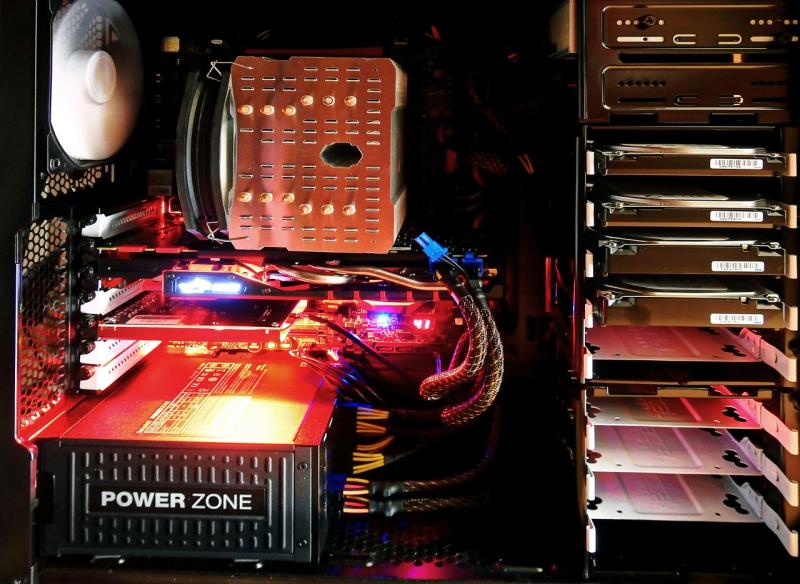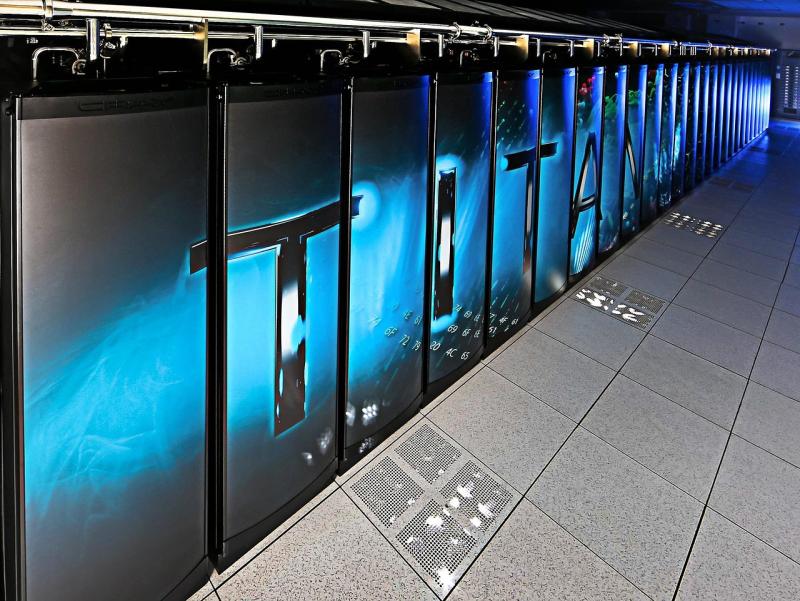Robotics is a rapidly evolving field that merges engineering, artificial intelligence, and human-computer interaction to design systems capable of transforming industries. Workstations built for high-precision robotics development enable professionals to simulate, program, and test complex robotic systems with unmatched efficiency. From designing autonomous robots to integrating machine learning capabilities, these systems deliver the precision, power, and adaptability required to push boundaries.
---
### **Superior Processing Power for Robotic Intelligence**
Designing intelligent robotic systems requires handling complex algorithms, real-time control operations, and massive datasets. These workstations are equipped with multi-core processors featuring advanced architectures, enabling quick execution of robotic simulations and AI model training. Whether developing kinematics for robotic arms or refining navigation for autonomous vehicles, these CPUs ensure efficient and real-time responsiveness.
For teams working on intricate robotics ecosystems, this computational power bridges the gap between concept and functionality.
---
### **Advanced GPUs for Dynamic Simulation Environments**
Simulating robots in dynamic environments calls for professional-grade GPUs capable of rendering highly detailed 3D models and real-time scenarios. These workstations support GPU-accelerated simulation platforms such as ROS (Robot Operating System), Gazebo, and NVIDIA Isaac Sim. From visualizing sensor data to modeling robotic interactions with their surroundings, these GPUs bring unparalleled speed and realism to development workflows.
For robotics engineers, this capability simplifies the process of iterating on designs and ensures seamless functionality in the final product.
---
### **Generous Memory for Parallel Processing**
Robotics development involves managing simultaneous operations such as sensor integration, path planning, and predictive analytics. These workstations offer vast RAM configurations—ranging from 128GB to 512GB or more—ensuring smooth performance while running multiple subsystems. This is essential for creating collaborative robots, drones, or humanoids capable of multitasking and adapting to changing environments.
---
### **High-Speed Storage for Robotics Data**
Every robotic system relies on data—sensor inputs, control algorithms, simulation logs, and real-world testing data. These workstations integrate ultra-fast NVMe SSDs for instantaneous access to critical files, complemented by high-capacity HDDs or RAID arrays for archiving massive datasets. This balance enables developers to process high-frequency sensor data in real-time and maintain historical logs for refinement and audits.
---
### **Optimized for Robotics Software Ecosystems**
These workstations are tailored for compatibility with industry-standard robotics software frameworks, including Robot Operating System (ROS/ROS 2), MATLAB/Simulink, and OpenCV. GPU-accelerated computation ensures enhanced performance during tasks like machine vision processing, deep learning for robot control, and predictive maintenance analysis.
---
### **Applications Across Robotics Domains**
Workstations for robotics development cater to various specializations, from industrial automation to cutting-edge humanoid design:
- **Autonomous Vehicles:** Develop advanced navigation systems, LiDAR integration, and environment mapping.
- **Medical Robotics:** Build precision surgical robots, prosthetics, and assistive technologies.
- **Industrial Automation:** Program robotic arms for manufacturing, material handling, and assembly lines.
- **Agricultural Robotics:** Design crop monitoring drones, autonomous harvesters, and irrigation robots.
- **Humanoid and Social Robotics:** Enhance human-robot interaction, movement dynamics, and AI-driven communication.
These systems empower professionals to innovate in robotics fields that are transforming the world.
---
### **Reliability for Long-Term Development Cycles**
Robotics workflows often involve extended testing and iterative processes, requiring systems capable of handling continuous usage. These workstations are built with industrial-grade components, efficient cooling mechanisms, and robust designs to ensure sustained performance even during high-intensity operations. For labs and research teams, this reliability supports uninterrupted progress.
---
### **Future-Ready and Modular Designs**
The fast-paced evolution of robotics demands systems that can keep up. These workstations are designed for scalability, allowing users to upgrade processors, GPUs, and memory as development needs grow. This ensures longevity and adaptability to emerging robotics challenges and technologies.
---
**Creating Intelligent Machines That Adapt, Learn, and Excel**
Workstations for high-precision robotics development unlock the potential to build machines that move, think, and respond with extraordinary precision. With unparalleled hardware performance, seamless integration with robotics ecosystems, and long-term scalability, these systems empower engineers to bring futuristic ideas to life. Whether shaping the future of autonomous vehicles or revolutionizing industries with robotic solutions, these workstations are the cornerstone of innovation.
View our related products
See more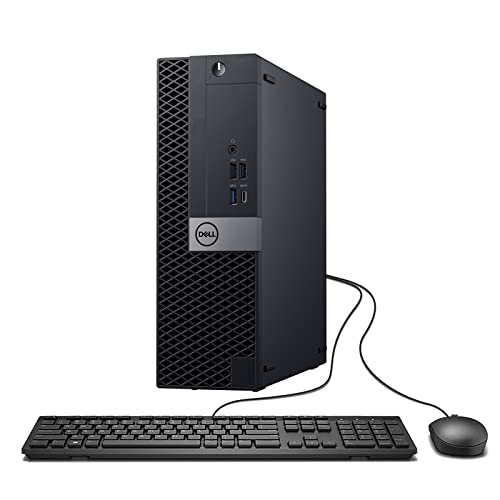
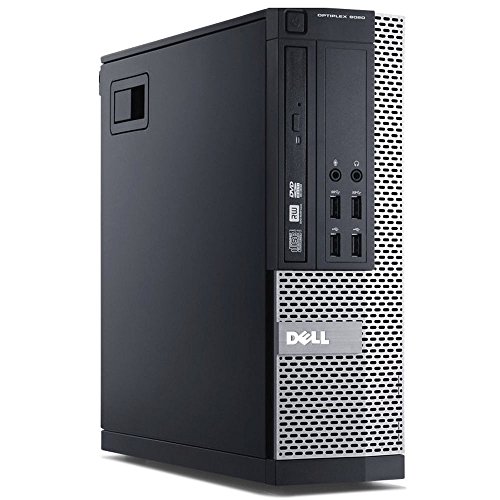
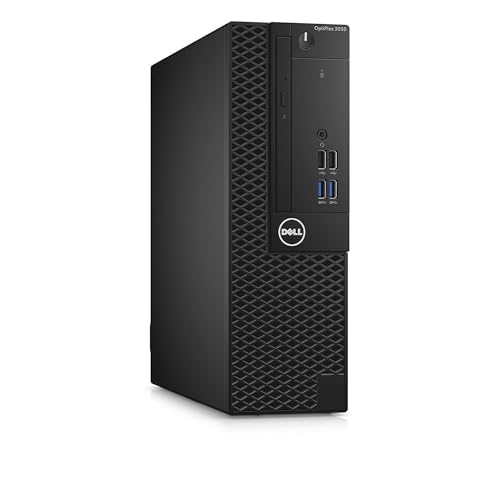
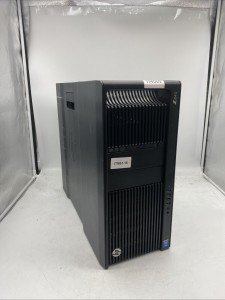
Workstations for High-Precision Robotics Development
Essential Tools for Building the Future of Robotics
Related Articles
Essential High-Performance PC Components You Need Now
Upgrade your setup with the must-have parts for unbeatable gaming and productivity
Top Picks for Best High-Performance PCs
Find the perfect power machine for gaming, work, or creative projects
Your Guide to the Best High-Performance PCs
Find the Right PC for Your Gaming and Creative Needs
View our related products
See more



